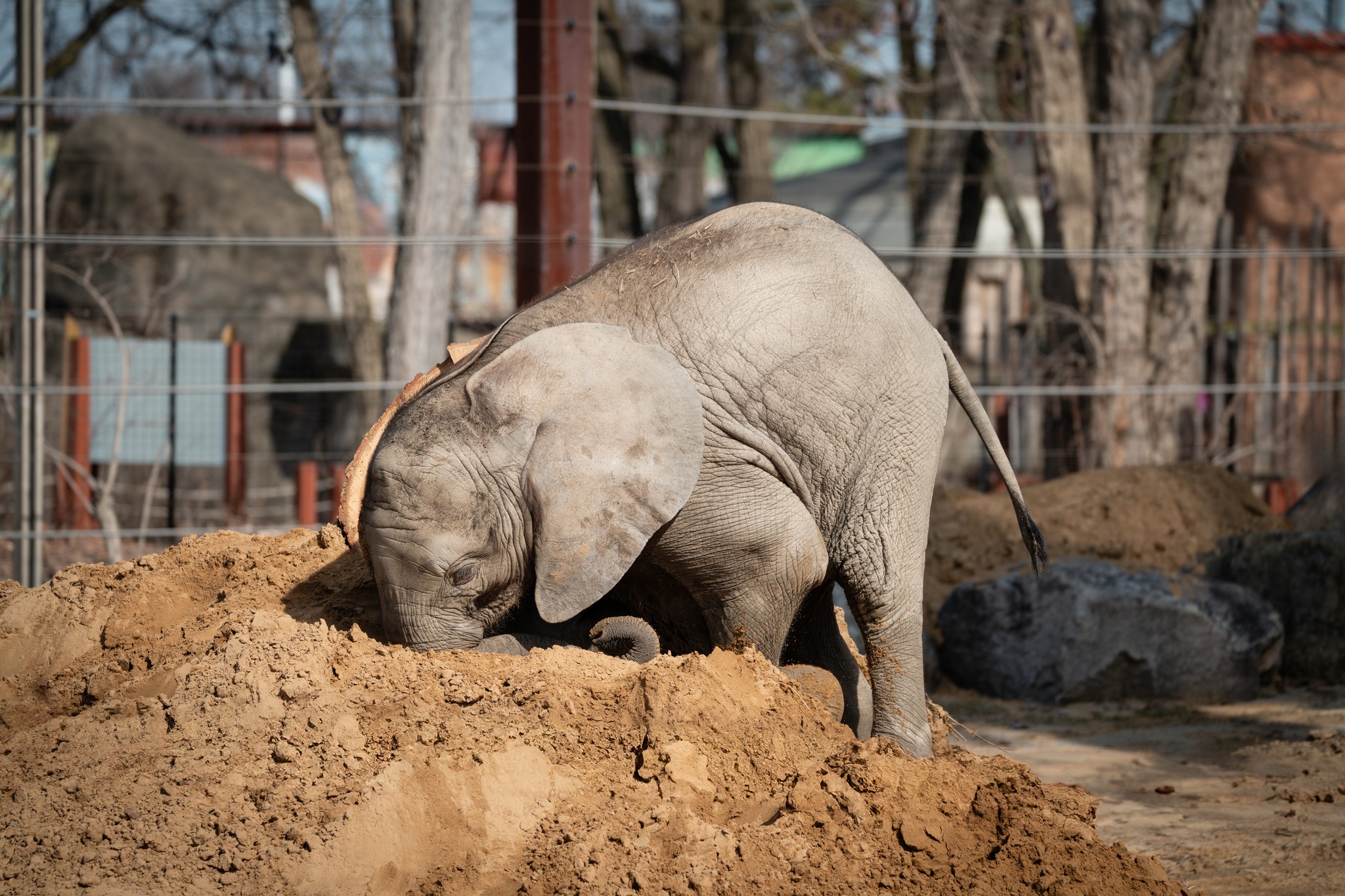- Elephants and their natural habitats
- The significance of gardening for elephants
- Zoological insights into behavior and habitat management
- Role of human-animal interaction in conservation
- Educational and ecological impacts of elephants in gardens
Elephants are fascinating creatures renowned for their intelligence and social complexity. A key focus when studying elephants is understanding their natural habitats. Elephants primarily inhabit savannas, forests, deserts, and marshes across Africa and Asia. These habitats provide the resources necessary for survival, like food, water, and shelter.
Given the vast area they roam, elephants play a crucial role in maintaining the ecological balance. They are often considered ecosystem engineers due to their ability to shape the environment. By feeding on shrubs and trees, they help maintain the grassland ecosystems. Their movements across large distances facilitate seed dispersal, promoting plant diversity.
However, expanding human developments have threatened these habitats. Urbanization and agriculture lead to habitat fragmentation, restricting elephants to smaller areas. Wildlife corridors are crucial in connecting these fragmented habitats, allowing safe passage for elephants and other wildlife. Understanding and preserving these natural habitats is essential for the conservation of elephants.
The idea of elephants planting gardens might sound whimsical, but it underscores important behavioral and ecological facets. Elephants, known for their strong memory and learning capabilities, can exhibit behavior suggesting an affinity for particular landscapes. This behavior might include the repeated movement to specific areas for feeding or foraging.
Gardening, though not literal, symbolizes the way elephants modify and interact with their environment. They engage in activities like uprooting shrubs or breaking tree branches, which affect vegetation patterns. These activities can aid the growth of certain plant species, indirectly contributing to a "garden-like" effect in their habitat. This behavior highlights the intricate relationship between elephants and their surroundings.
In zoos and wildlife reserves, elephants’ interactions with controlled environments offer insight into their needs and preferences. Caregivers might create garden-like environments in enclosures to enrich captive elephants’ lives, providing mental and physical stimulation while mimicking their natural habitats. This approach improves their wellbeing and offers educational insights for visitors.
Understanding elephant behavior and habitat preferences is crucial for their conservation. Zoo management and wildlife conservation efforts focus on replicating natural habitats as closely as possible. This includes careful planning of enclosures and enrichment programs that simulate wild conditions.
Wildlife conservation involves various stakeholders, including scientists, conservationists, and local communities. Collaborative efforts are essential for developing and implementing conservation strategies. Preserving elephant habitats requires comprehensive planning and monitoring to address threats like poaching and habitat loss.
Community involvement and education play a fundamental role in conservation. Empowering local communities to participate in conservation efforts fosters coexistence and reduces human-elephant conflict. Educational programs raise awareness about the ecological importance of elephants and the challenges they face.
The human-animal interaction paradigm is evolving as conservation science recognizes the emotional and cognitive capacities of elephants. Building a bond through positive reinforcement and trust-based training can enhance care and conservation outcomes. In reserves, caregivers and researchers observe elephant behavior to tailor conservation strategies, ensuring their physical and psychological needs are met.
Educational efforts extend beyond zoos and reserves, with global campaigns highlighting the role of elephants in ecosystems. These initiatives aim to inspire collective action towards protecting elephants and their habitats. The incorporation of elephants into gardens, metaphorically or literally, symbolizes a commitment to valuing biodiversity and nurturing harmonious coexistence.
Elephants are keystone species, meaning their presence significantly influences the structure of their ecosystem. By understanding their impact on plant dynamics and environmental health, conservationists can develop practices that support diverse habitats. The metaphor of elephants planting gardens represents the potential for a flourishing, balanced ecosystem, fostered through careful stewardship.
Elephants, when given space to roam freely, contribute to the maintenance of ecological processes. Their interaction with plants supports habitats that are beneficial to myriad species. Conservation efforts that prioritize habitat connectivity and integrity enable these natural processes, promoting resilience against climate change and human disturbance.
Ultimately, embracing the idea of elephants "planting gardens" highlights the synergy between creatures and their environments. It reflects the diverse roles elephants play, from shaping landscapes to inspiring conservation efforts. Engaging with these themes encourages stewardship of our natural world, fostering a future where elephants and other species thrive.
*****
Source Description
Why did the elephant plant a garden?
🐘
🌱
🐘
Because they wanted to grow a trunkful of tulips! 🌷


